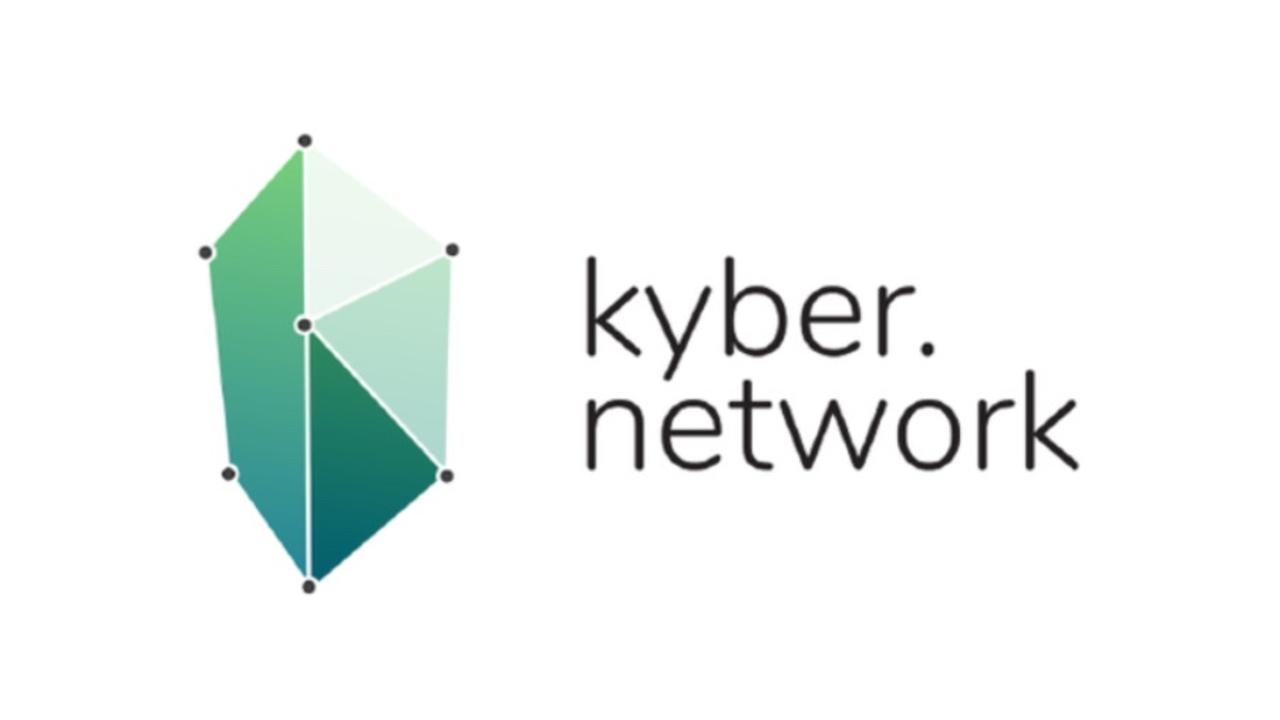Decentralized finance, commonly known as DeFi, has been one of the most transformative innovations in the world of crypto and blockchain technology. It has revolutionized the way people access financial services by eliminating intermediaries and offering a borderless, permissionless, and inclusive platform for financial transactions. DeFi apps and platforms have garnered significant attention and investment over the past few years, making them an essential component of the crypto ecosystem. In this article, we will explore the reasons why Web3 projects should consider moving to protocol-owned liquidity, leveraging the power of DeFi, and what benefits this shift can bring to the table.
The Rise of DeFi
DeFi, short for decentralized finance, represents a broad category of financial services and applications built on blockchain technology. Unlike traditional financial systems, DeFi operates without central authorities, such as banks or financial institutions. Instead, DeFi apps and platforms use smart contracts and decentralized protocols to facilitate various financial activities, including lending, borrowing, trading, and more.
The DeFi crypto currency market has witnessed explosive growth in recent years, with a multitude of DeFi platforms and applications emerging to meet the increasing demand. These platforms have attracted substantial investment, and many have become top DeFi platforms within a short period.
DeFi Platforms and the Need for Liquidity
One of the key elements that enable DeFi to function effectively is liquidity. Liquidity refers to the ease with which assets can be bought or sold in the market without significantly affecting their price. Liquidity is crucial for DeFi platforms as it allows users to trade assets, provide collateral for loans, and engage in various financial activities seamlessly.
DeFi apps and platforms rely on liquidity pools, which are pools of funds locked into smart contracts, to provide this liquidity. These pools enable users to trade assets without the need for traditional market makers or centralized intermediaries.
The Role of DeFi Cryptocurrency in Liquidity Provision
DeFi cryptocurrency tokens play a pivotal role in providing liquidity within DeFi platforms. These tokens are often used as collateral in lending protocols, as incentives for liquidity providers, and as governance tokens for platform governance decisions. As a result, the success of many DeFi platforms is closely tied to the value and availability of their native tokens.
DeFi Investment Opportunities
Investors have taken notice of the potential of DeFi platforms and the DeFi cryptocurrency market. Many are actively participating in DeFi investment, seeking opportunities for yield generation and capital appreciation. As a result, DeFi projects have been able to secure significant funding and grow their ecosystems.
Upcoming DeFi Projects and the Need for Innovation
The DeFi space continues to evolve rapidly, with new and upcoming DeFi projects entering the market. These projects aim to address existing challenges, improve user experience, and offer innovative solutions to users. However, to stand out in this competitive landscape, these projects must consider various factors, including liquidity provision.
Protocol-Owned Liquidity: A Game-Changer
Protocol-owned liquidity is an innovative approach that some Web3 projects are beginning to explore. This strategy involves the project itself holding a portion of its native tokens in a liquidity pool, rather than relying solely on external liquidity providers or market makers. This approach offers several advantages and aligns well with the core principles of DeFi.
Enhanced Security and Control
By holding a portion of its native tokens in a liquidity pool, a Web3 project gains more control over its liquidity provision. This control enhances security as the project can ensure that there is always a base level of liquidity available for its users. It also reduces the reliance on external parties, mitigating the risks associated with third-party providers.
Strengthened Governance
Protocol-owned liquidity can also play a crucial role in governance. Many DeFi platforms rely on their native tokens for decision-making through decentralized governance mechanisms. With a significant portion of tokens locked in a liquidity pool, the project has more influence over governance proposals and can actively participate in shaping the platform’s future.
Reduced Dependency on Third Parties
Traditional liquidity provision often involves partnerships with external liquidity providers or market makers. While these partnerships can be beneficial, they also introduce dependencies and costs. By adopting protocol-owned liquidity, Web3 projects can reduce their reliance on third parties, ensuring a more self-sufficient ecosystem.
Incentivizing Long-Term Holders
Protocol-owned liquidity can incentivize long-term token holders to provide liquidity to the platform. This can be achieved through various mechanisms, such as yield farming or liquidity mining programs. By encouraging token holders to participate in liquidity provision, projects can create a more engaged and committed community.
Challenges and Considerations
While the concept of protocol-owned liquidity offers numerous benefits, it also comes with its own set of challenges and considerations. Projects must carefully balance their token allocation between liquidity pools and other purposes, such as development, marketing, and partnerships. Additionally, they must implement effective strategies to manage and optimize their protocol-owned liquidity.
DeFi has reshaped the landscape of crypto and blockchain technology, providing decentralized financial services and investment opportunities to users worldwide. As Web3 projects continue to emerge and seek ways to differentiate themselves in the market, protocol-owned liquidity represents a promising avenue for innovation.
By embracing protocol-owned liquidity, Web3 projects can enhance their security, strengthen governance, reduce dependencies on external parties, and incentivize long-term token holders. This approach aligns with the principles of decentralization and self-sufficiency that underpin the DeFi ecosystem, making it a compelling option for the future of Web3 projects. As the DeFi space continues to evolve, we can expect to see more projects exploring and adopting this innovative liquidity provision strategy.




